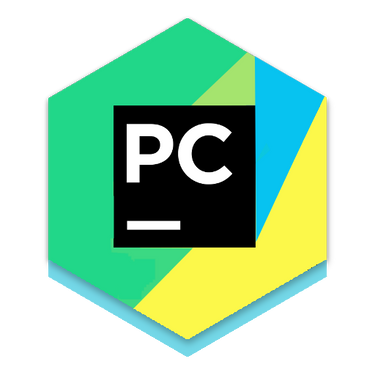Python, Java, and C++ are all three of the most widely used languages in programming, serving the basis of a ton of applications and frameworks, but what’s the difference?
How can you classify different programming languages?
Well, Python, Java, and C++ are all OOP (Object-Oriented Languages), meaning they primarily revolve around the creation and manipulation of different “objects” and functions. However, as with most programming languages, you can expect to find familiar patterns in all three: the use of variables, lists, loops, functions, etc. Each language excels in different ways, while having their own drawbacks.
Python
Python is a ‘higher-level’ language, meaning its syntax is more similar to English, and is thus easier to learn and understand. Some even say coding in Python is like writing out pseudocode—a plan written out to resemble code while not adhering to real syntax rules before you begin your implementation. Python is primarily used in the fields of data-science and machine learning (AI), and there is good reason for this. Not only does Python boast of a wide array of built in methods that in Java and C++ you would have to manually code out with a loop, but it also has a robust library applicable for a variety of functions, some notable ones being Keras and Tensorflow.
However, Python also has its drawbacks. Code ran in Python is typically slower to compile, an issue if your program needs to fit a tight memory or runtime constraint: you might be able to pull off an O(n^2) time complexity in C++, but in python it may not be the case.
To print something in Python, you’d go:
print(“Hello World!”, end=“”)
Java
Java is a middle ground between Python and C++ in terms of abstraction in syntax. In Python, checking the intersection and union of conditionals is done with “and” and “or”, but in Java it is done with the terms “&&” and “||” respectively. With variables as well, you need to clearly define the type of variable as an “int” or “long” for example, where in Python an instantiated variable lacks such need. Despite the greater relative difficulty in learning the language however, it provides its own benefits as well. Java compiles faster than Python for one, but without going into much detail it also provides a pretty seamless transition across multiple platforms, where with Python or C++ you would encounter some difficulty.
To print in Java, you’d go:
System.out.print(“Hello World!”);
C++
C++ appears almost identical to Java in many aspects: with the use of semicolons and angle brackets in much the same ways. However, it is still considered a slightly lower-level language, and has a higher learning curve than Java or Python. It has the fastest compilation time of either Java or Python, and is the backbone of numerous softwares and is commonly used in game development as well.
To print in C++, you’d go:
cout << “Hello World!”;
Which should I learn?
For beginners in programming, Python or Java would be the easiest to get into. Hempfield’s programming classes taught by Mr. Gwyn (such as CSA) specifically introduce Java, but you can also learn coding just from online tutorials such as W3Schools if you have the commitment to it. If these seem intimidating, to first get familiar with the basic logic of programming, you could also try nonformal coding interfaces like Scratch or code.org before you move onto an ‘official’ language. Once you learn the logic, you’ll have the skills required to easily learn any language; it’ll just come down to learning the differences.








